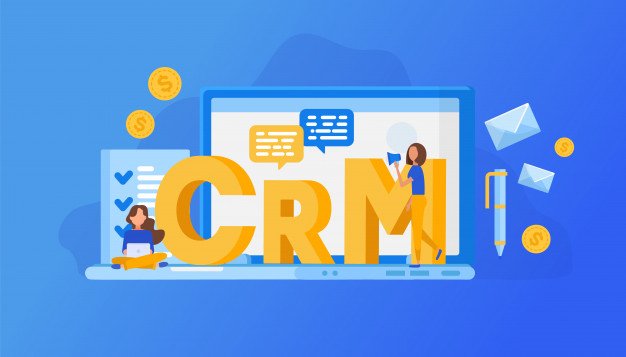A major component of running a business successfully -any business- is being able to have all your information integrated. At MCA Connect we have the ability to intertwine both your CRM and ERP needs seamlessly.
Every business has 2 sides. You have the customer base side and you have your employee sides. Both of these sides are vital to your business success and both sides have unique needs. It is crucial for business owners to understand the needs of both sides. The owners can work with technology experts on how best to combine those two, ensuring that all needs are being met.
Let’s take a look at each aspect and how it affects your business:
ERP, Enterprise Resource Planning, is a vital component of your business’ operations. To run ERP successfully you will need to implement this software within your company. ERP software will help manage sales and marketing, human resources, accounting, manufacturing, order management, and distribution.
Using ERP software effectively will help your company with product and purchase planning, manufacturing and delivery planning, inventory management, shipping and payment, supply chain management, accounting, marketing and sales, and customer relationship management. An ERP system can be comprised of a single suite of software or multiple software applications that can be integrated with each other.
CRM stands for Customer Relations Management. This type of software is used to assist the customer-based side of your business. This software will help your business to keep track of customers and their purchasing patterns, identify business opportunities and new sales leads, streamline the sales process and reduce paperwork, automate the marketing process, manage social media, and facilitate support for current customers. You can purchase different software to handle all of these applications, but there are some all-inclusive software options available.
So how do both of these functions work together?
Both ERP and CRM systems will help your sales force automation and marketing automation. There is where the overlap ends. If you are using an ERP system that you like, then you can just integrate a CRM system.
If your business is growing or you just need to revamp your current system, then it is recommended that you upgrade your ERP. Once you have your updated system in place, you can add in CRM components to best fit your company’s needs.
Using a combination of both ERP and CRM systems will streamline your business and be a positive change for your company. By using both technology systems, you are integrating both sides of your business. A good combination system will allow you to be up to date with your manufacturers and suppliers and to have up to the minute info on orders and deliveries. Your company will also be able to accurately and quickly answer questions from customers and manage their needs. And everyone in your company will be using the same technology and will have access to all up to date information.
This combined CRM and ERP technology will assist your company seamlessly and help it to continue to grow and be successful.
Read Also:






















